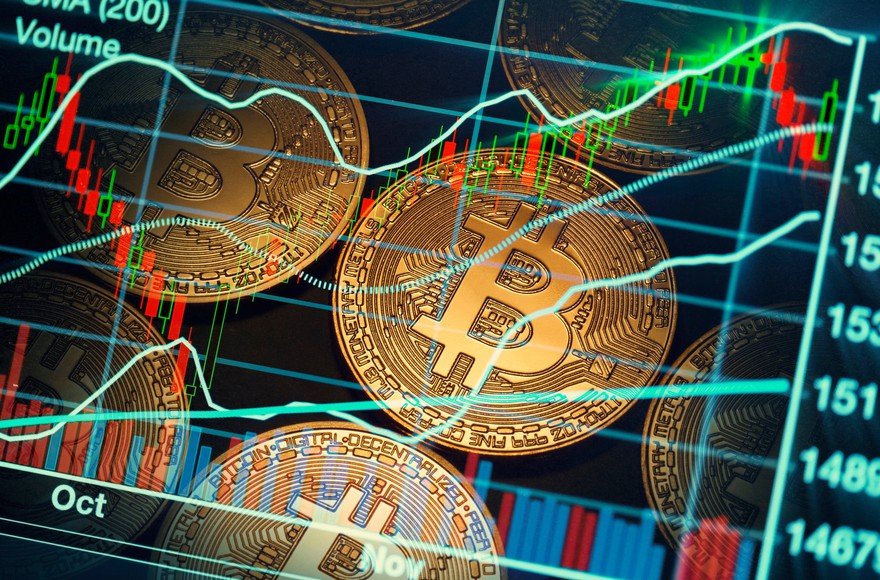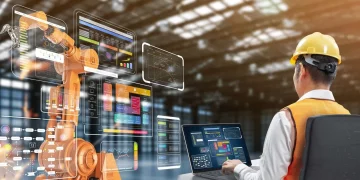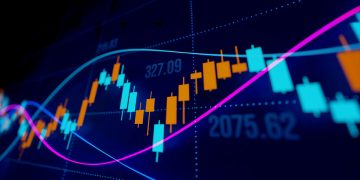Commentary on stretched multiples in semis, SaaS, AI
The rally in technology stocks, especially those tied to semiconductors, software-as-a-service (SaaS), and artificial intelligence (AI), has pushed valuations to levels that some experts now label as unsustainable. As the market digests strong gains from 2023 through mid-2025, more voices—strategists, fund managers, and even insiders—are warning of a possible peak. The concern isn’t rooted in business performance, which remains robust, but in the price investors are now willing to pay for growth. The problem? Multiples have surged faster than earnings.
In semiconductors, Nvidia’s meteoric rise has pulled the entire sector higher, including names like AMD, Broadcom, and even legacy chipmakers such as Intel. Price-to-sales ratios for the leading players now sit at multi-decade highs. AI infrastructure demand has justified some of the expansion, but with hyperscaler capex flattening and unit economics tightening, questions are mounting. SaaS names such as ServiceNow, Snowflake, and Datadog are seeing forward P/E multiples above 70x, despite decelerating growth and rising customer acquisition costs. And in AI, unproven players with limited revenue are trading at valuations that imply flawless execution for years.
This divergence between market price and operational fundamentals has many drawing parallels to past manias—from dot-com to clean energy. But modern tech isn’t built on vaporware. These companies have real revenues, real customers, and strong moats. So while valuation concerns are valid, labeling it a “bubble” outright oversimplifies the complexity. The key lies in evaluating how far ahead the market is pricing future growth—and whether that timeline can hold.
Insider vs. fund manager perspectives
The conversation around tech sector valuation isn’t one-sided. Insiders—CEOs, CFOs, and founders—are signaling caution through their actions even if their public statements remain bullish. Insider selling in tech has quietly risen to the highest level since 2021. Executives at major AI firms have been unloading shares at multi-million-dollar clips. While some of this activity is pre-scheduled, the volume and frequency indicate a belief that valuations are generous.
Compare that to fund managers, whose tone has shifted but remains tactical. Rather than outright exits, many are trimming exposure and rotating within the tech sector. Growth-focused funds are reducing positions in AI-adjacent names that have run too far too fast while maintaining core stakes in cloud, enterprise software, and chipmakers with near-term earnings visibility. Some are moving capital into underappreciated areas like cybersecurity or enterprise infrastructure, which offer more reasonable multiples and consistent margins.
The split reveals a key insight: insiders are managing personal exposure while fund managers are managing client capital. The latter must remain exposed to upside scenarios while gradually derisking. Institutional players don’t sell tech—they finesse it. They overweight names with improving revisions and underweight those with sentiment-driven spikes.
Retail investors, however, often misinterpret this divergence. Insider selling is read as bearish while fund manager rotation is viewed as a lack of conviction. In reality, both groups are signaling the same thing: price discipline matters. The message is to stay invested in quality but avoid names trading on narrative alone.

Navigating bubble risk without abandoning growth
The current tech environment challenges investors to hold two conflicting ideas: that parts of the sector are richly valued and may correct, and that secular growth remains intact for the best-positioned companies. The goal isn’t to avoid tech—it’s to own it intelligently.
Bubble risk exists when capital chases stories rather than earnings. In AI, for instance, many smaller-cap companies are seeing extreme inflows despite having little to no free cash flow. Investors can protect themselves by focusing on unit economics, scalability, and business model defensibility. If a company relies on unsustainable subsidies or unproven monetization paths, it may be wise to reduce exposure.
One effective framework is “growth at a reasonable price” (GARP). Rather than chasing momentum, GARP investors screen for companies with revenue growth above 20% but trading below 10x EV/Sales or 30x forward earnings. This approach identifies firms still benefiting from long-term tech tailwinds but without the valuation froth. Notable names fitting this criteria in mid-2025 include Palo Alto Networks, Atlassian, and Taiwan Semi.
Another tactic is blending tech exposure with cash-generative “compounders” in other sectors. Companies in healthcare IT, financial automation, and clean energy infrastructure offer tech-like growth with better margin stability. This portfolio diversification reduces concentration risk and cushions drawdowns in overheated tech segments.
Allocators are also looking at global tech diversification. U.S. megacaps have led the rally, but Europe, Japan, and Southeast Asia are home to undervalued chip design firms, industrial automation leaders, and AI enablers trading at discounts. Geographic tilts can offer valuation sanity without sacrificing innovation exposure.
The key is to respect the risk without retreating from the opportunity. Tech will remain a core driver of index returns—but selective positioning is critical. When valuation disconnects appear, staying nimble rather than dogmatic is what preserves capital and compounds it over time.
Hedge tactics for overvalued sectors
When managing exposure to overheated sectors, sophisticated investors apply hedging strategies to mitigate downside while preserving upside optionality. In tech, this has become especially relevant in 2025 as implied volatility rises alongside valuation multiples.
One common tactic is using put options on sector ETFs like XLK or SMH. By buying puts slightly out of the money, investors can cap downside in case of a broad tech correction. This method is particularly useful around earnings season or macro catalysts like Fed meetings, where sentiment can shift quickly.
Some managers also implement long-volatility strategies. They purchase volatility ETFs (e.g., VIXY) or trade VIX futures to benefit from spikes in market fear, which often coincide with corrections in overvalued names. These positions can be rebalanced frequently and serve as insurance rather than long-term bets.
Structured products, such as buffered ETFs or risk-defined notes, are growing in popularity among private wealth clients. These instruments provide upside participation in tech-heavy indices with downside protection over a 1-2 year horizon. While less liquid, they offer peace of mind for investors wary of a sharp correction but unwilling to exit core positions.
A more nuanced approach involves “relative hedging.” For example, if a manager believes Nvidia is overextended but still wants exposure to semiconductors, they might short Nvidia while going long on a basket of lagging peers like NXP, Analog Devices, or GlobalFoundries. This reduces single-stock risk and limits exposure to the most overbought names.
Active funds also use sector rotation as a hedging tool. If AI hardware looks frothy, they may increase allocation to software or digital infrastructure names benefiting indirectly from AI adoption without carrying the valuation baggage.
For retail investors, setting disciplined stop-loss levels and scaling into positions can provide an alternative to complex hedging. Simple tactics like trimming winners, setting trailing stops, or keeping a portion of the portfolio in short-term Treasuries can act as a buffer during pullbacks.
Ultimately, the best hedge is selectivity. Avoiding unprofitable names, focusing on companies with pricing power and sticky revenue, and monitoring insider behavior are all elements of a fundamental hedge. In a market where enthusiasm can quickly become euphoria, staying grounded in numbers is the best protection.
Conclusion
Calls for peak valuations in tech aren’t new—but they’re more credible now than in previous cycles. With semiconductors, SaaS, and AI names trading at record multiples, investors must consider whether they’re paying for growth or hype. The answer doesn’t require a binary bet. It requires balance.
Insiders are quietly de-risking. Fund managers are tactically rotating. Yet few are abandoning tech. That should be the clue: the secular trends remain powerful, but discipline around price has never been more critical. Investors should respect valuation signals, look beneath the hype, and hedge intelligently.
Staying in the game means owning growth—but doing so with a plan. By using valuation filters, sector hedges, global diversification, and tactical cash positions, investors can navigate a frothy tech landscape with confidence. Because when the next rotation comes, those who stayed sharp—not those who chased blindly—will be best positioned to win.


































